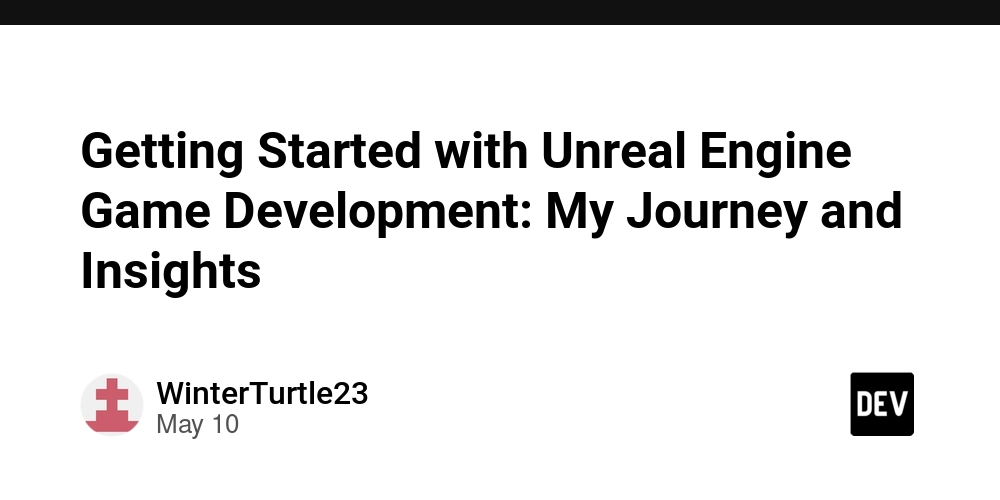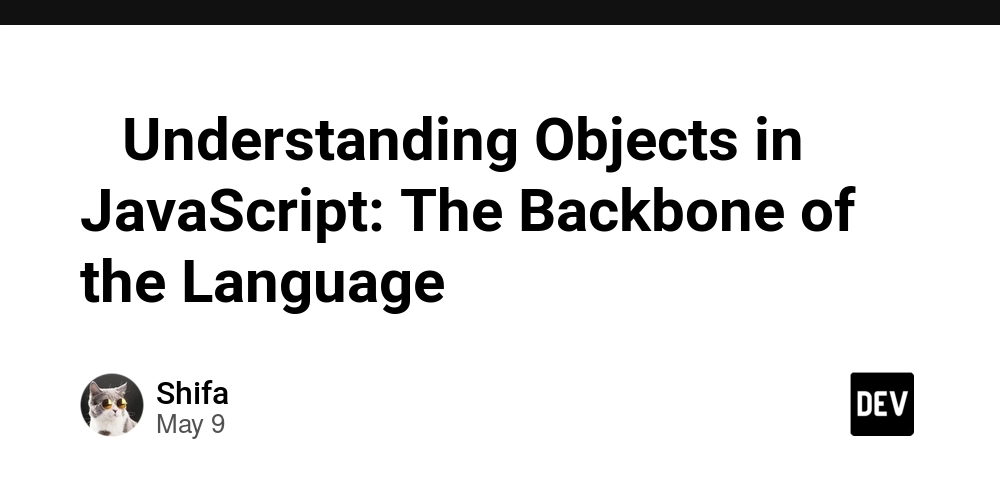How to Fix Hibernate 6.7 Null Pointer Exception in Kotlin
Understanding the Issue with Hibernate 6.7 Moving to Hibernate 6.7 can bring significant updates and improvements in your applications, but it can also introduce new issues with the code that worked in previous versions. One common problem developers face is encountering Null Pointer Exceptions when updating criteria queries while migrating to the new SQM (Standard Query Model) in Hibernate 6.7. In your case, you're getting the error message: Can not invoke "Object.getClass()" because "value" is null. This message indicates that Hibernate is trying to invoke a method on a null value, leading to a Null Pointer Exception. This typically occurs when you're attempting to set a value that, in this situation, needs further handling to avoid nulls, particularly when working with criteria queries in Kotlin. Analyzing the Code Snippet Here's the original line of code causing the issue: criteriaQuery.set(root.get(MyEntity_.tag), null as Tag?) The set method is trying to set a property in your criteria query to null without checking if the structure of your query supports it. In Hibernate 6.7's SQM, certain constraints regarding null values and query building may have become stricter compared to previous versions. Steps to Resolve the Null Pointer Exception To solve this issue, you can try several approaches. Below are the most effective methods to handle null values in your Hibernate criteria queries moving forward. Method 1: Use Optional Values Instead of directly passing null to the criteria query, consider using an Optional to handle the nullable situation more gracefully. This provides a clearer intent for your criteria query handling. Here's how you can implement this: val tagValue: Tag? = null // or any logic to get Tag object if (tagValue == null) { criteriaQuery.where(criteriaBuilder.isNull(root.get(MyEntity_.tag))) } else { criteriaQuery.where(criteriaBuilder.equal(root.get(MyEntity_.tag), tagValue)) } This way, if your tagValue is null, you utilize the isNull method to explicitly handle this case in the criteria. Method 2: Use CriteriaBuilder to Check for Null Another alternative is to adapt your logic to use CriteriaBuilder to create a predicate that checks for null conditions logically. This approach helps to avoid setting null directly: val criteriaBuilder = entityManager.criteriaBuilder val criteriaQuery = criteriaBuilder.createQuery(MyEntity::class.java) val root = criteriaQuery.from(MyEntity::class.java) if (tagValue == null) { criteriaQuery.select(root).where(criteriaBuilder.isNull(root.get(MyEntity_.tag))) } else { criteriaQuery.select(root).where(criteriaBuilder.equal(root.get(MyEntity_.tag), tagValue)) } Advantages of these Solutions Both methods ensure that you maintain a robust and clean handling of null values while interacting with the new SQM model in Hibernate 6.7. These approaches help avoid Null Pointer Exceptions and improve the overall clarity of your criteria queries, enhancing code maintainability. Conclusion Migrating to Hibernate 6.7 can create challenges, particularly when adjusting to changes in the SQM query structure. By following these solutions, you can effectively manage null values in your criteria queries. Whether you choose to use Optional values or leverage CriteriaBuilder, both strategies provide a pathway to prevent Null Pointer Exceptions and promote safer coding practices in Kotlin with Hibernate. Frequently Asked Questions What is a Null Pointer Exception? A Null Pointer Exception occurs when your code tries to use an object reference that has not been set (or is null), causing runtime errors. Why did I face this issue after updating to Hibernate 6.7? Hibernate 6.7 introduced stricter rules and might handle null values differently compared to its predecessors, leading to previous code not functioning as expected. How can I avoid such issues in the future? To avoid similar issues, always check for nulls and utilize Kotlin's features such as nullable types, Optional, or safe calls to mitigate null reference issues.
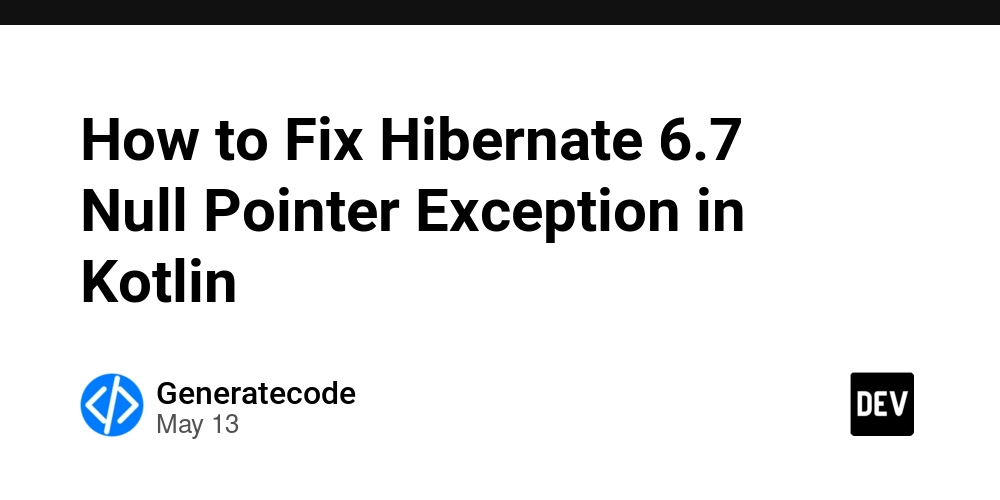
Understanding the Issue with Hibernate 6.7
Moving to Hibernate 6.7 can bring significant updates and improvements in your applications, but it can also introduce new issues with the code that worked in previous versions. One common problem developers face is encountering Null Pointer Exceptions when updating criteria queries while migrating to the new SQM (Standard Query Model) in Hibernate 6.7.
In your case, you're getting the error message: Can not invoke "Object.getClass()" because "value" is null. This message indicates that Hibernate is trying to invoke a method on a null value, leading to a Null Pointer Exception. This typically occurs when you're attempting to set a value that, in this situation, needs further handling to avoid nulls, particularly when working with criteria queries in Kotlin.
Analyzing the Code Snippet
Here's the original line of code causing the issue:
criteriaQuery.set(root.get(MyEntity_.tag), null as Tag?)
The set method is trying to set a property in your criteria query to null without checking if the structure of your query supports it. In Hibernate 6.7's SQM, certain constraints regarding null values and query building may have become stricter compared to previous versions.
Steps to Resolve the Null Pointer Exception
To solve this issue, you can try several approaches. Below are the most effective methods to handle null values in your Hibernate criteria queries moving forward.
Method 1: Use Optional Values
Instead of directly passing null to the criteria query, consider using an Optional to handle the nullable situation more gracefully. This provides a clearer intent for your criteria query handling.
Here's how you can implement this:
val tagValue: Tag? = null // or any logic to get Tag object
if (tagValue == null) {
criteriaQuery.where(criteriaBuilder.isNull(root.get(MyEntity_.tag)))
} else {
criteriaQuery.where(criteriaBuilder.equal(root.get(MyEntity_.tag), tagValue))
}
This way, if your tagValue is null, you utilize the isNull method to explicitly handle this case in the criteria.
Method 2: Use CriteriaBuilder to Check for Null
Another alternative is to adapt your logic to use CriteriaBuilder to create a predicate that checks for null conditions logically. This approach helps to avoid setting null directly:
val criteriaBuilder = entityManager.criteriaBuilder
val criteriaQuery = criteriaBuilder.createQuery(MyEntity::class.java)
val root = criteriaQuery.from(MyEntity::class.java)
if (tagValue == null) {
criteriaQuery.select(root).where(criteriaBuilder.isNull(root.get(MyEntity_.tag)))
} else {
criteriaQuery.select(root).where(criteriaBuilder.equal(root.get(MyEntity_.tag), tagValue))
}
Advantages of these Solutions
Both methods ensure that you maintain a robust and clean handling of null values while interacting with the new SQM model in Hibernate 6.7. These approaches help avoid Null Pointer Exceptions and improve the overall clarity of your criteria queries, enhancing code maintainability.
Conclusion
Migrating to Hibernate 6.7 can create challenges, particularly when adjusting to changes in the SQM query structure. By following these solutions, you can effectively manage null values in your criteria queries. Whether you choose to use Optional values or leverage CriteriaBuilder, both strategies provide a pathway to prevent Null Pointer Exceptions and promote safer coding practices in Kotlin with Hibernate.
Frequently Asked Questions
What is a Null Pointer Exception?
A Null Pointer Exception occurs when your code tries to use an object reference that has not been set (or is null), causing runtime errors.
Why did I face this issue after updating to Hibernate 6.7?
Hibernate 6.7 introduced stricter rules and might handle null values differently compared to its predecessors, leading to previous code not functioning as expected.
How can I avoid such issues in the future?
To avoid similar issues, always check for nulls and utilize Kotlin's features such as nullable types, Optional, or safe calls to mitigate null reference issues.






















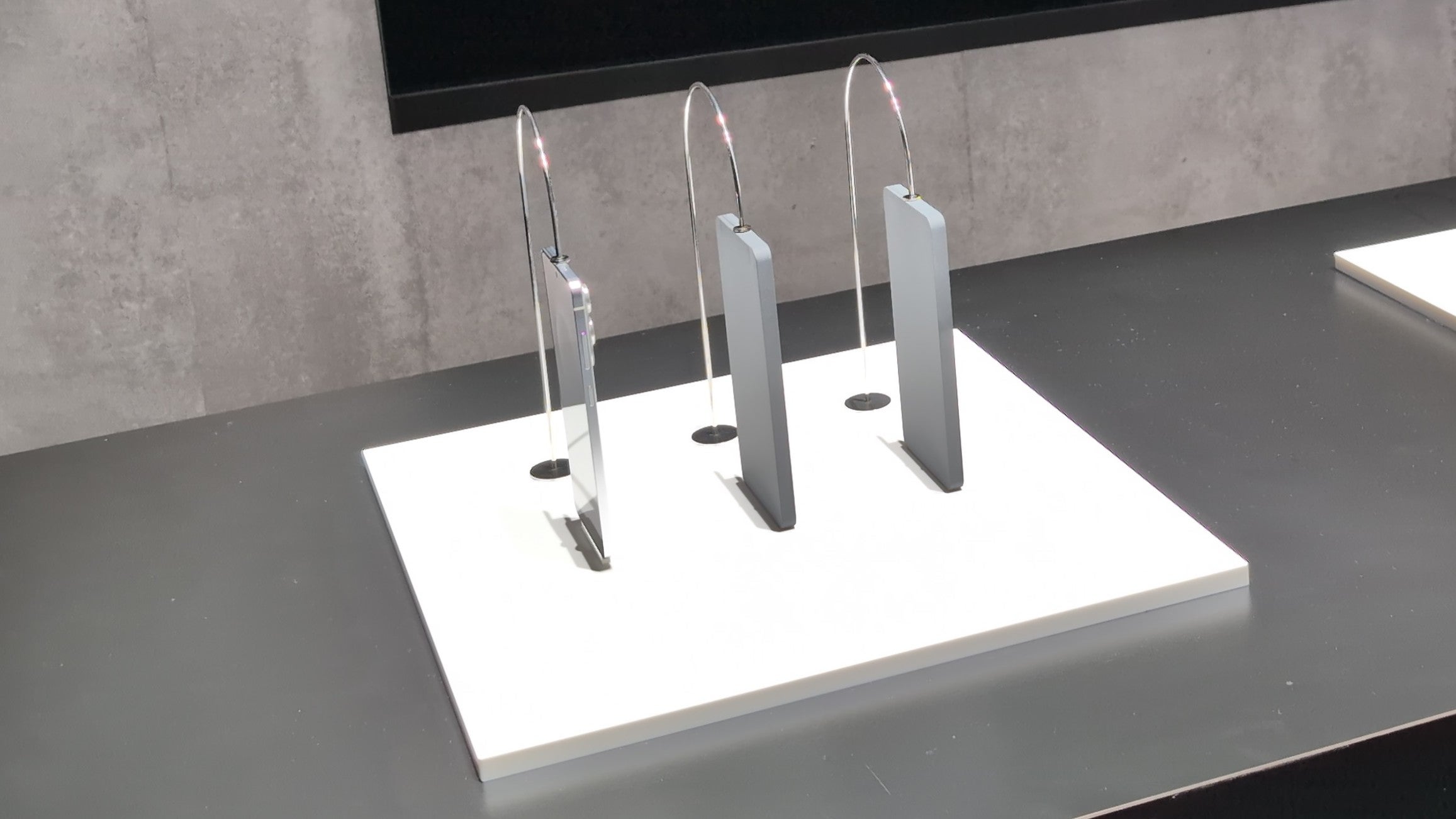
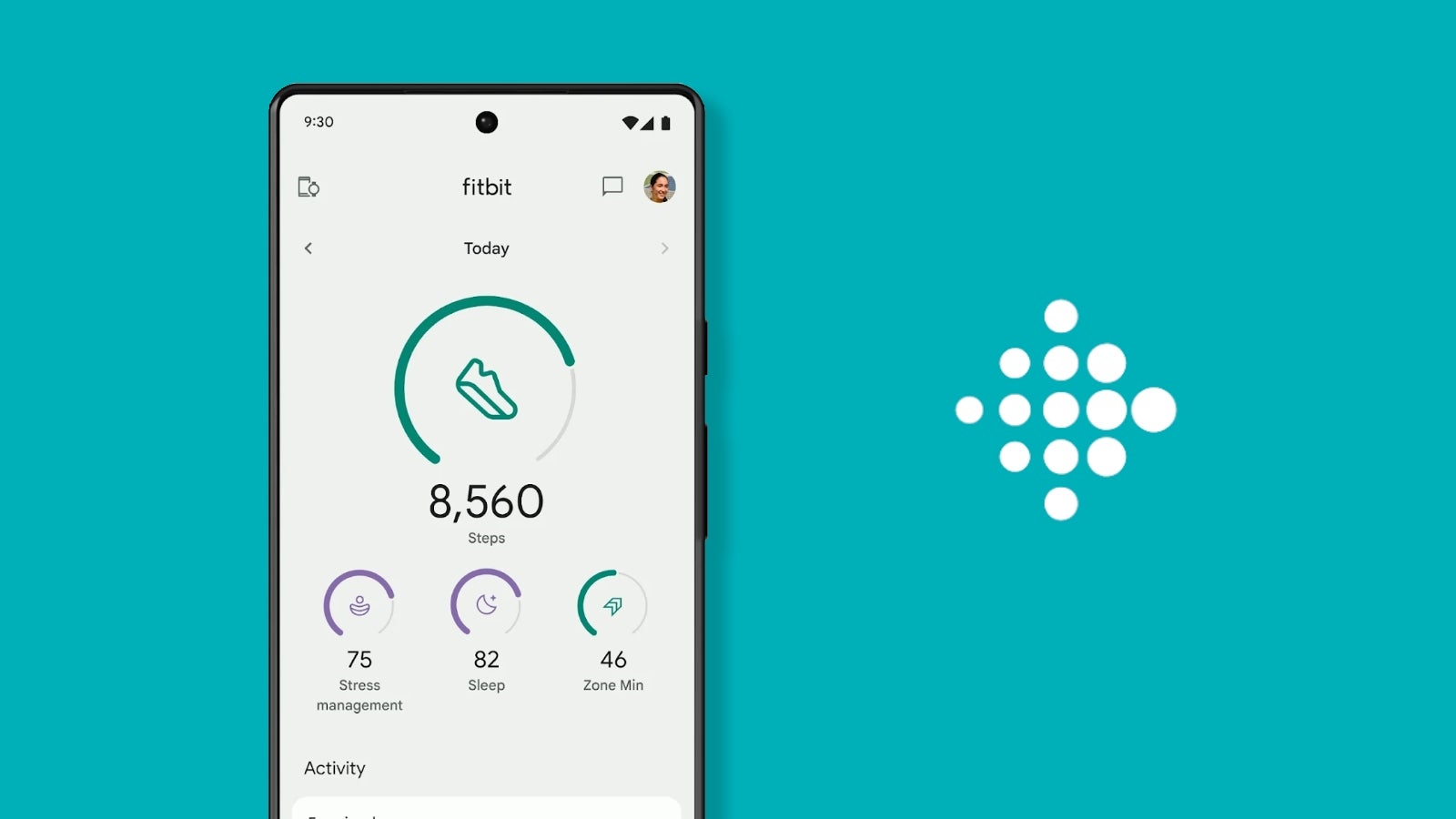




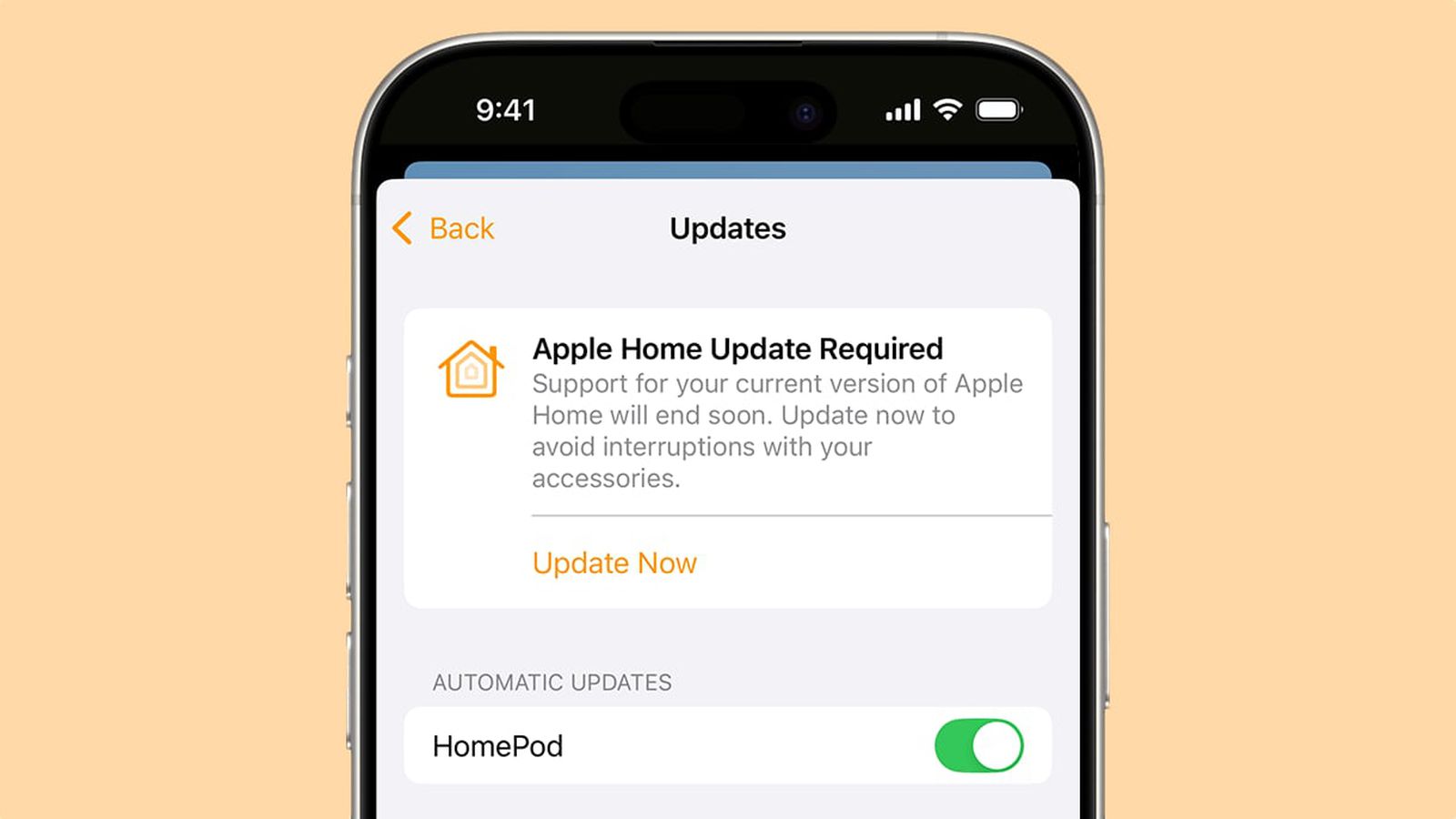



























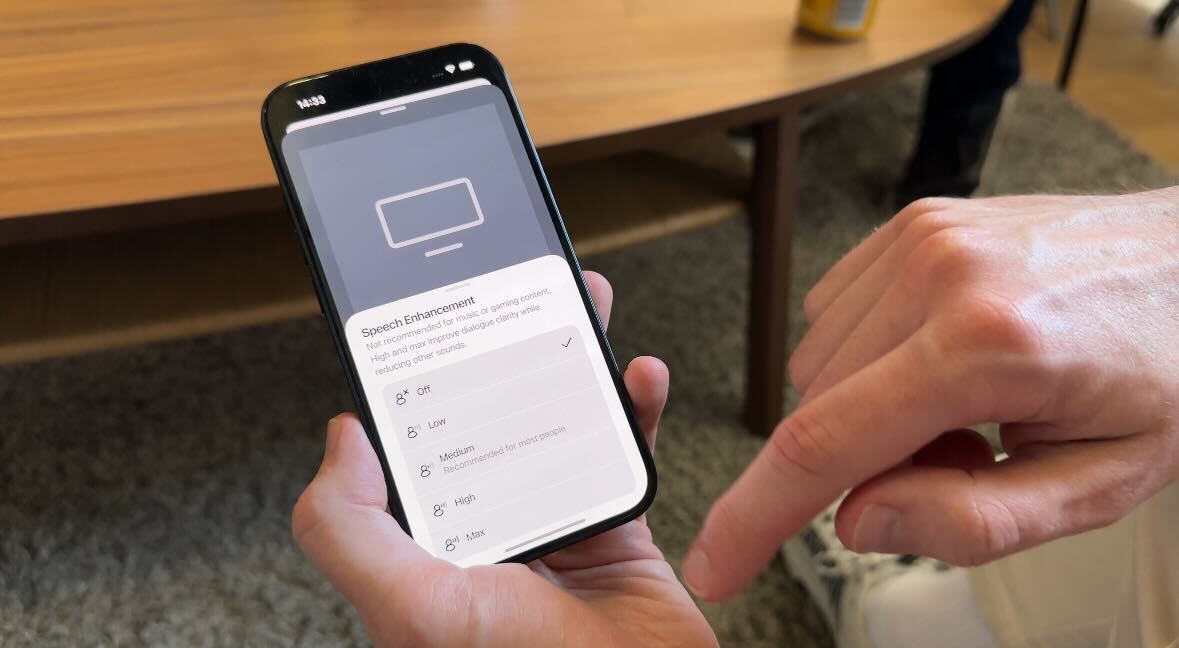




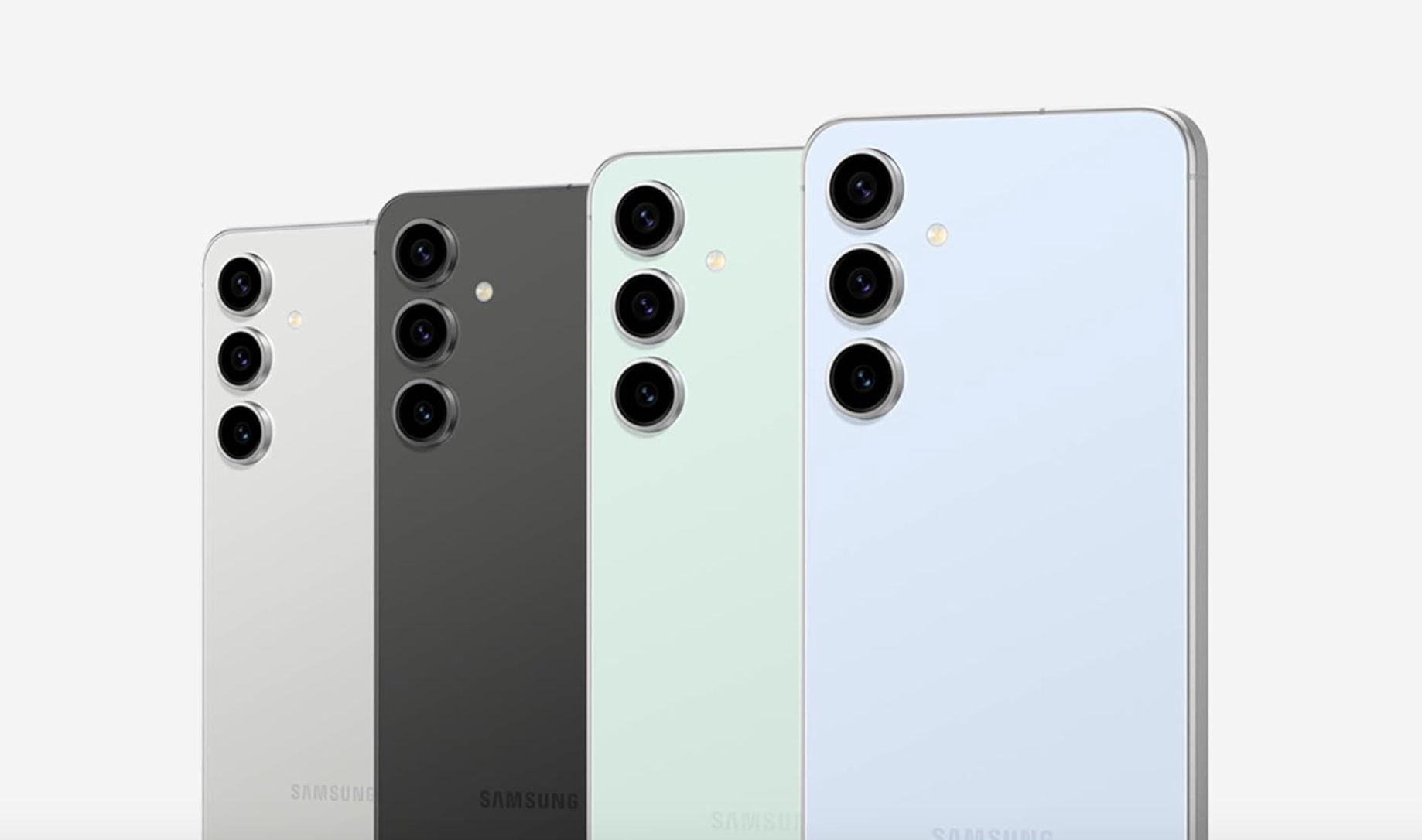












![Samsung's New Galaxy S25 Edge Takes Aim at 'iPhone 17 Air' [Video]](https://www.iclarified.com/images/news/97276/97276/97276-640.jpg)
![Apple to Launch AI-Powered Battery Saver Mode in iOS 19 [Report]](https://www.iclarified.com/images/news/97309/97309/97309-640.jpg)
![Apple Officially Releases macOS Sequoia 15.5 [Download]](https://www.iclarified.com/images/news/97308/97308/97308-640.jpg)
















![Walmart’s $30 Google TV streamer is now in stores and it supports USB-C hubs [Video]](https://i0.wp.com/9to5google.com/wp-content/uploads/sites/4/2025/05/onn-4k-plus-store-reddit.jpg?resize=1200%2C628&quality=82&strip=all&ssl=1)




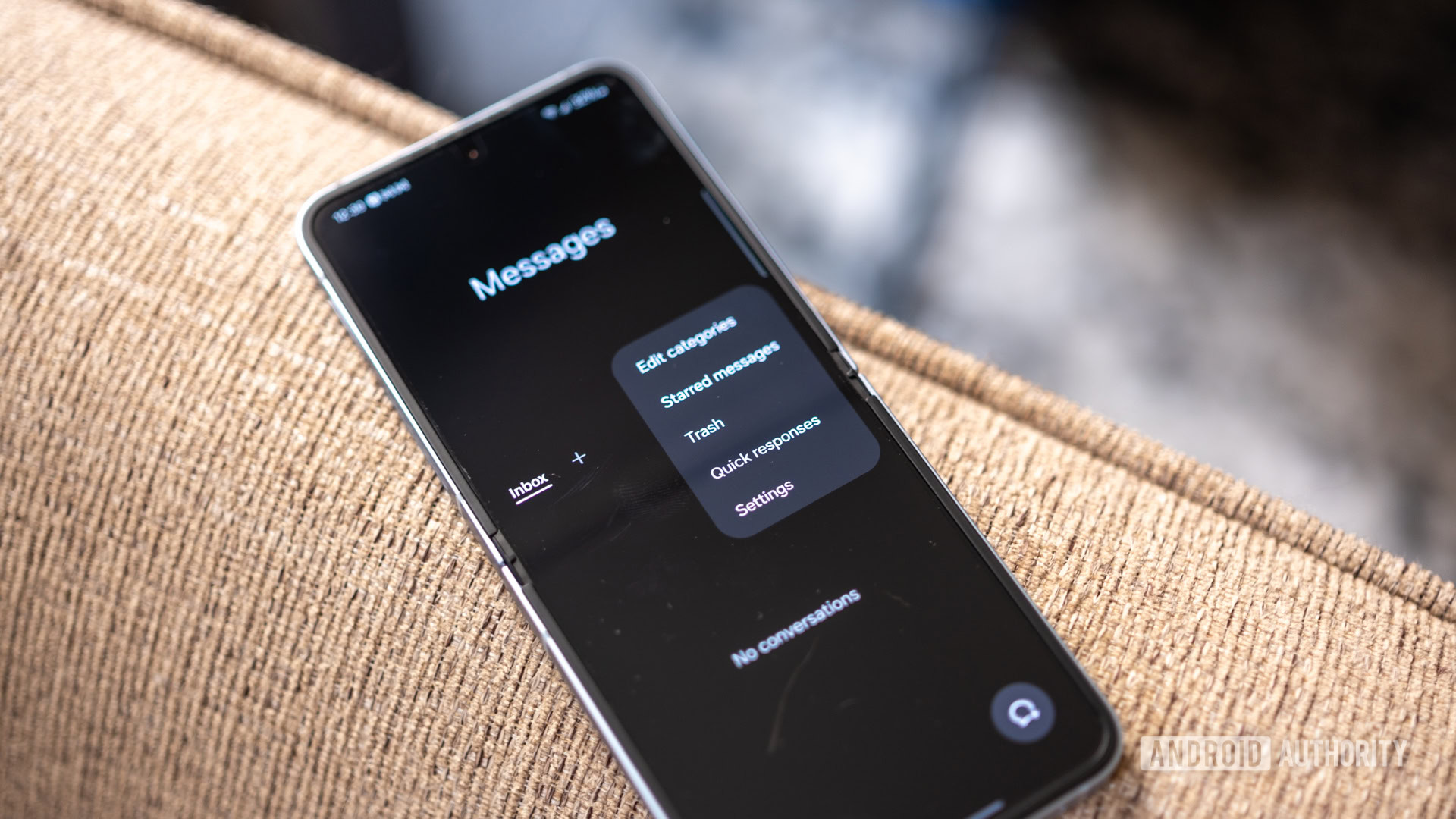




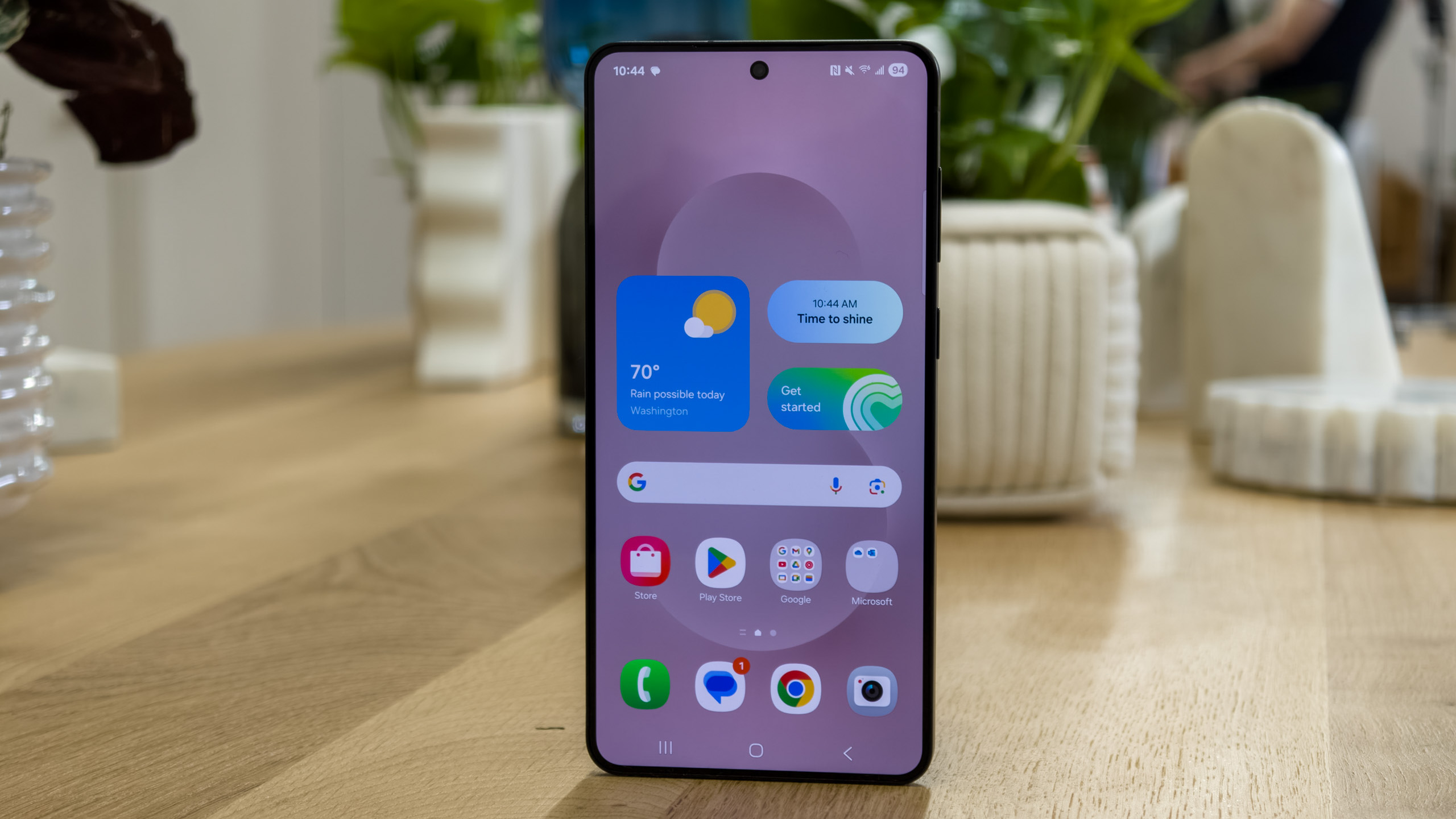

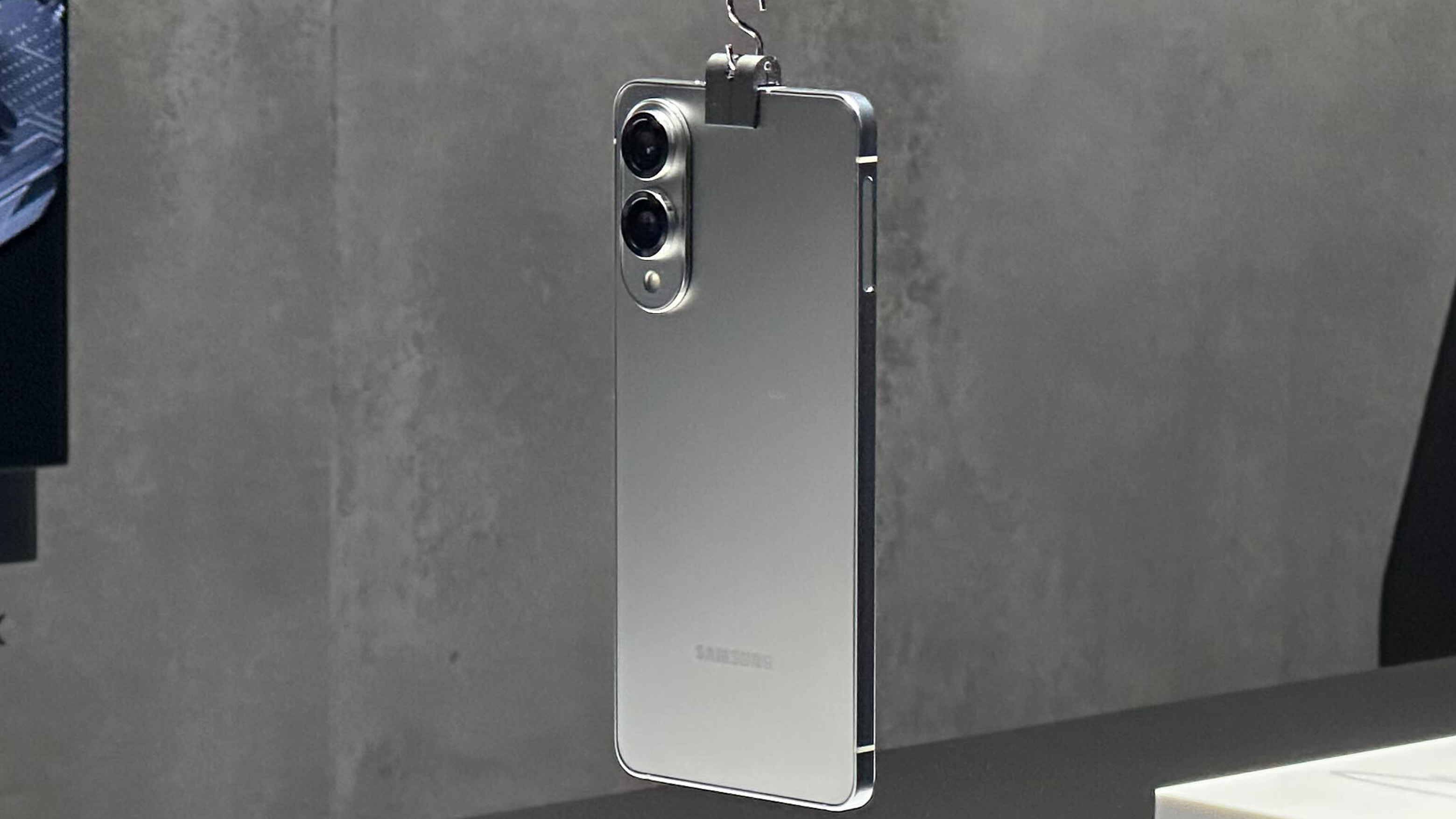

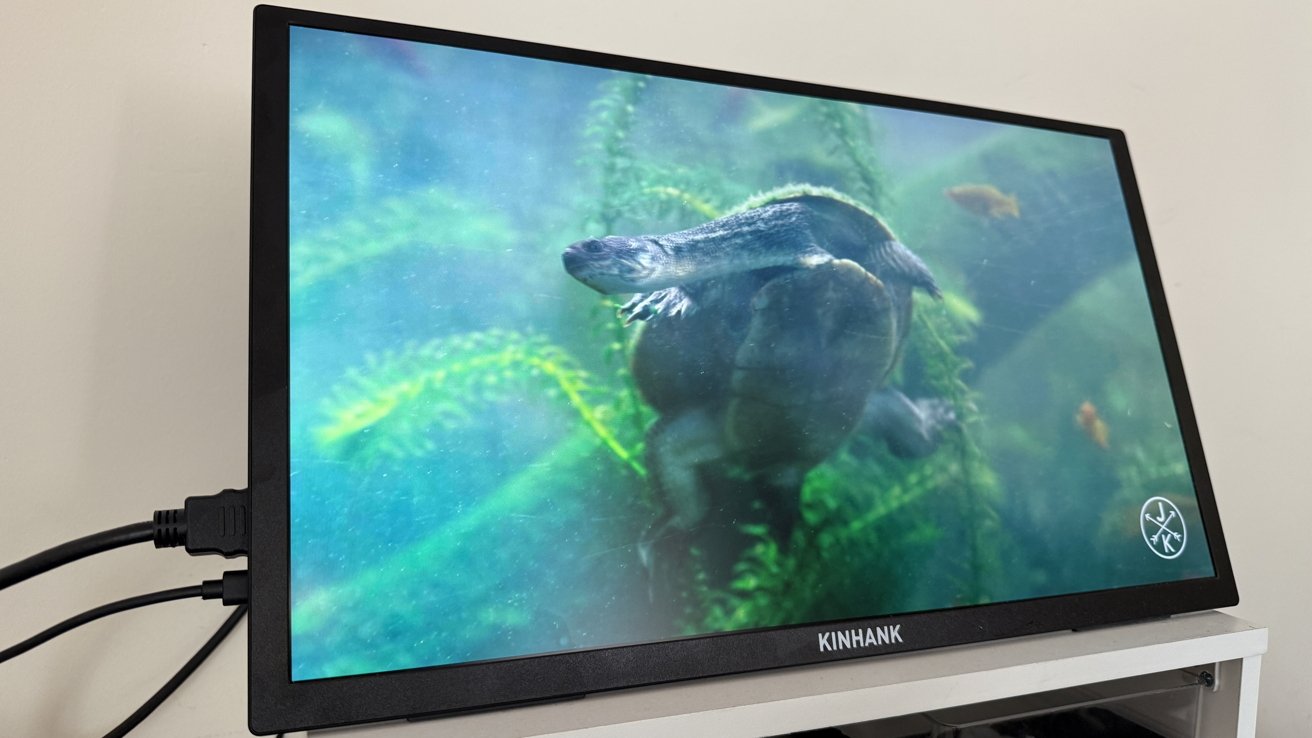

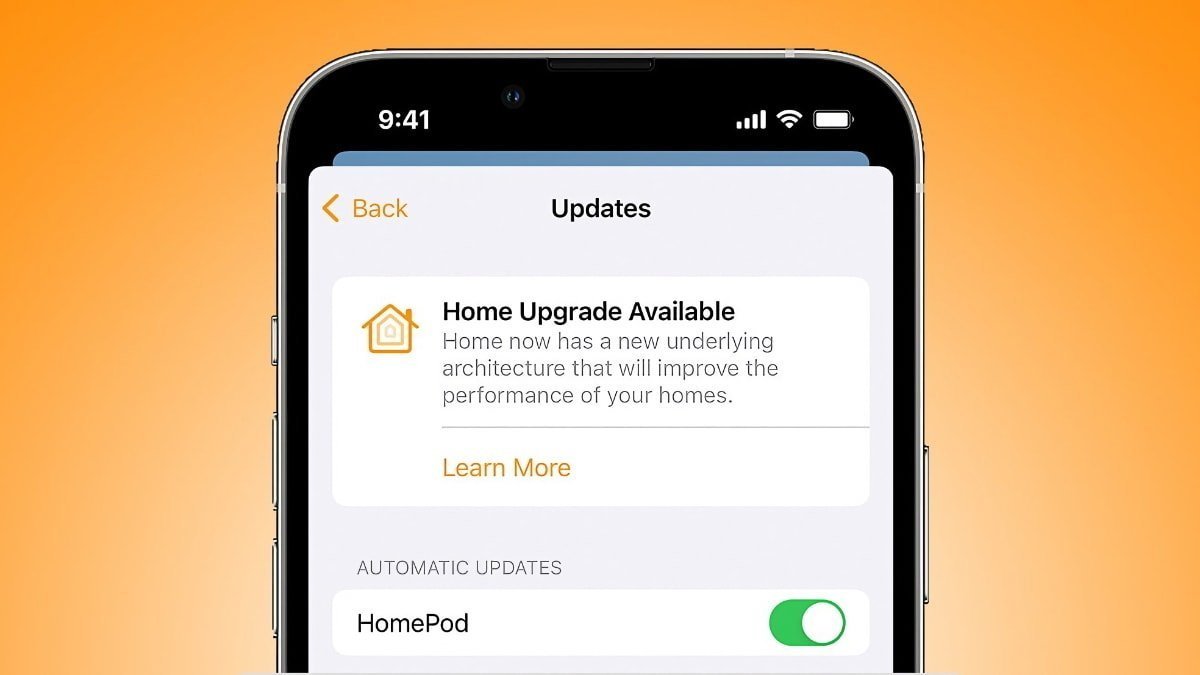





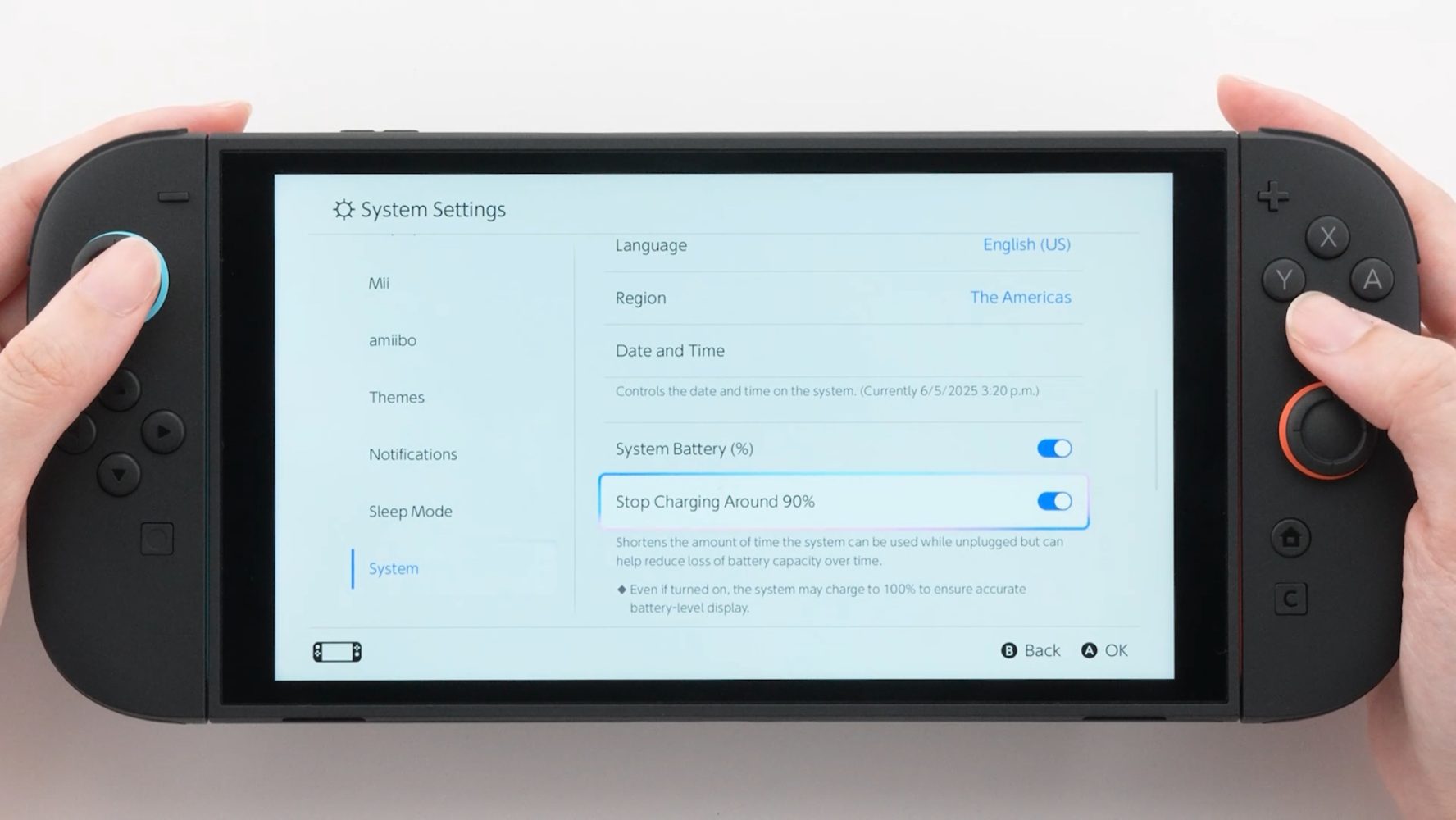




























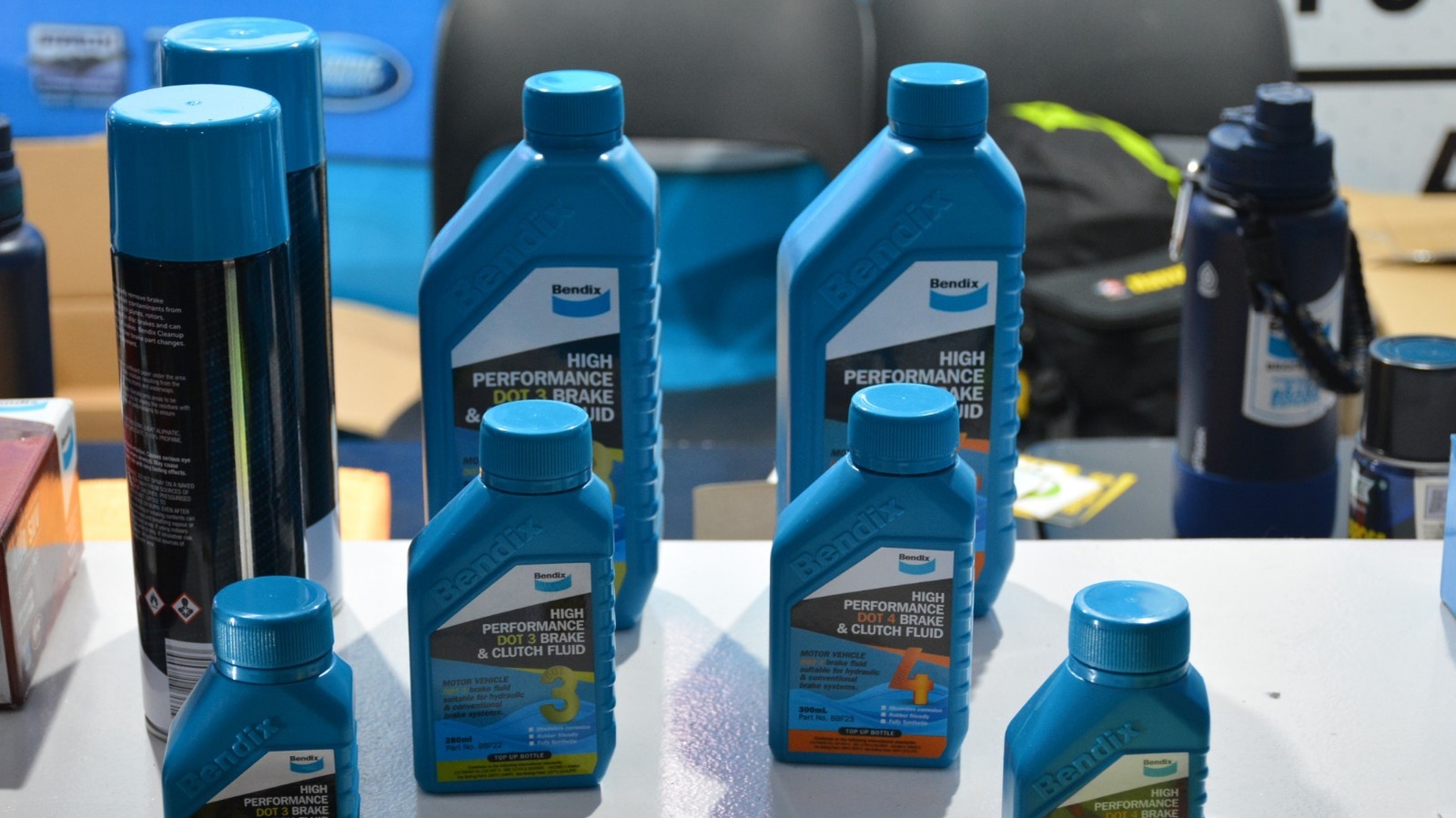


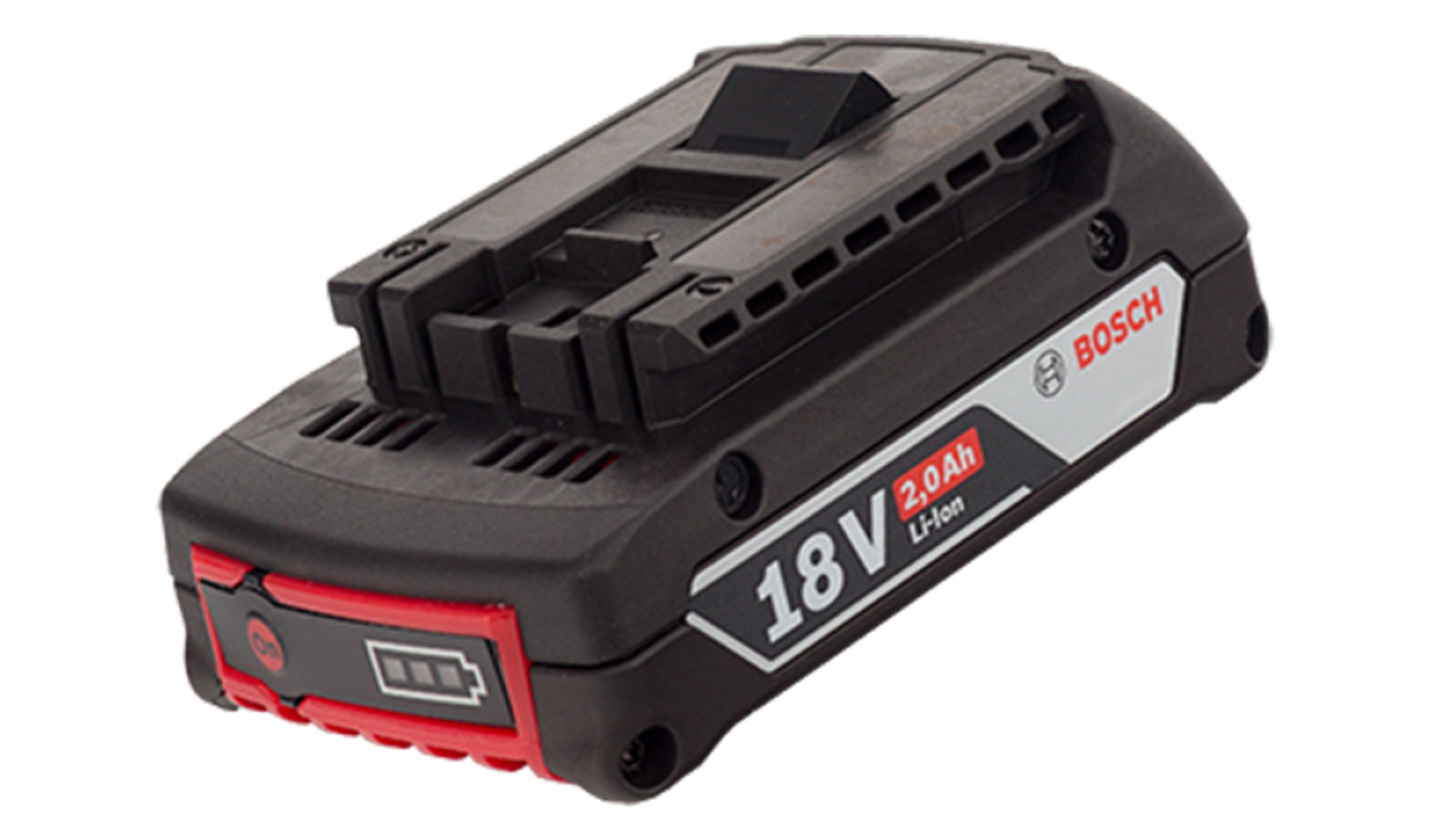






































_Piotr_Adamowicz_Alamy.jpg?width=1280&auto=webp&quality=80&disable=upscale#)





































































































































































































































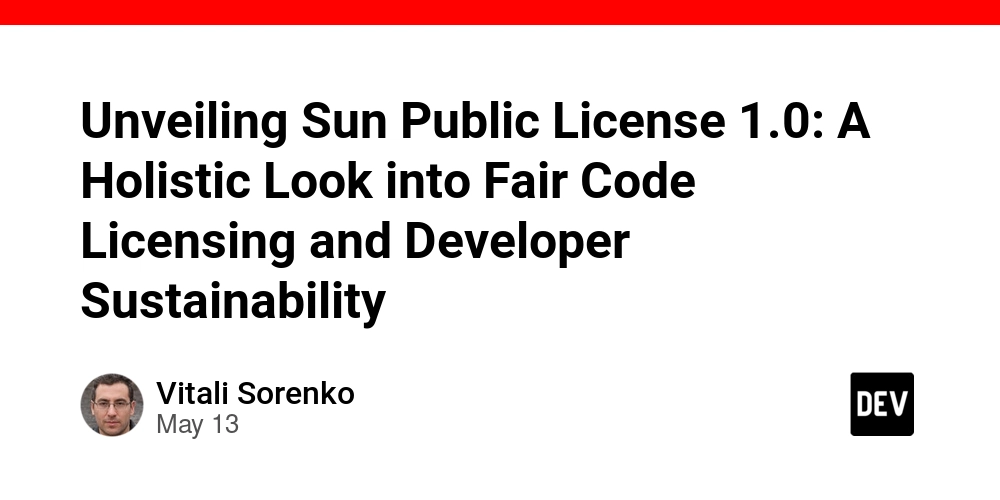

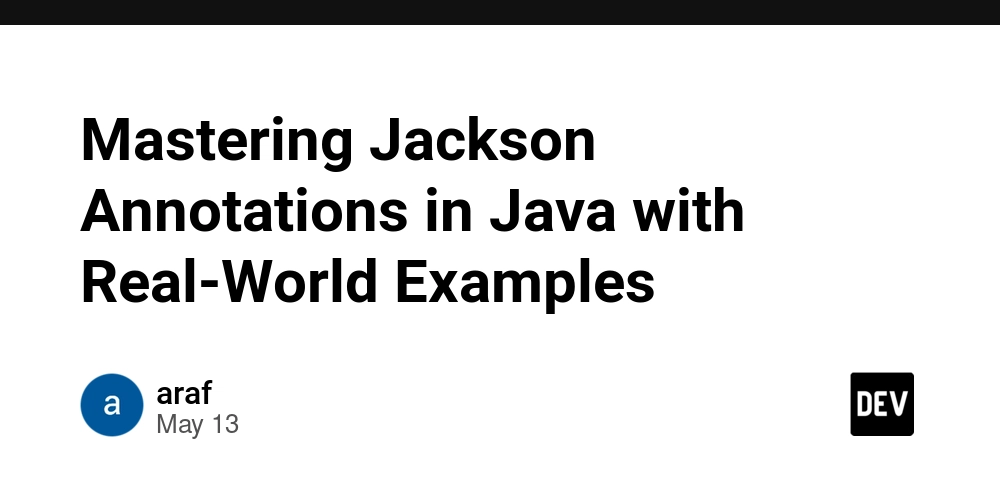













































![Ditching a Microsoft Job to Enter Startup Purgatory with Lonewolf Engineer Sam Crombie [Podcast #171]](https://cdn.hashnode.com/res/hashnode/image/upload/v1746753508177/0cd57f66-fdb0-4972-b285-1443a7db39fc.png?#)



























































































